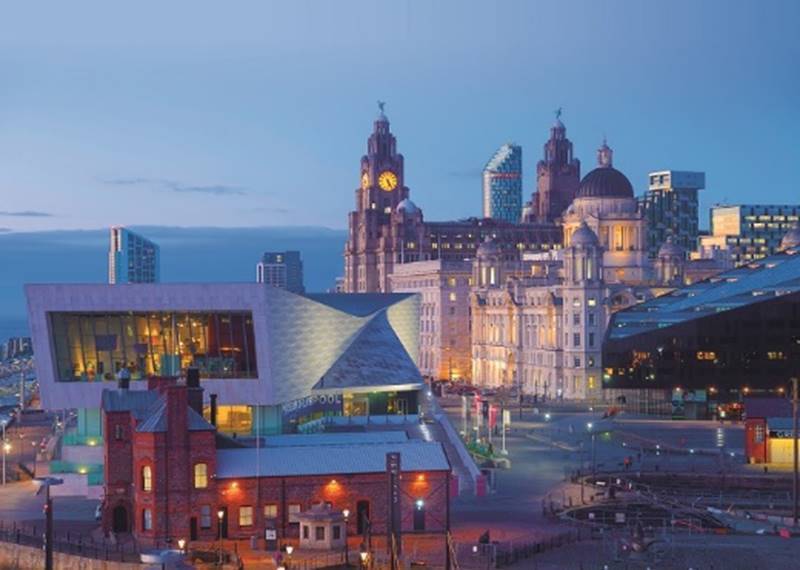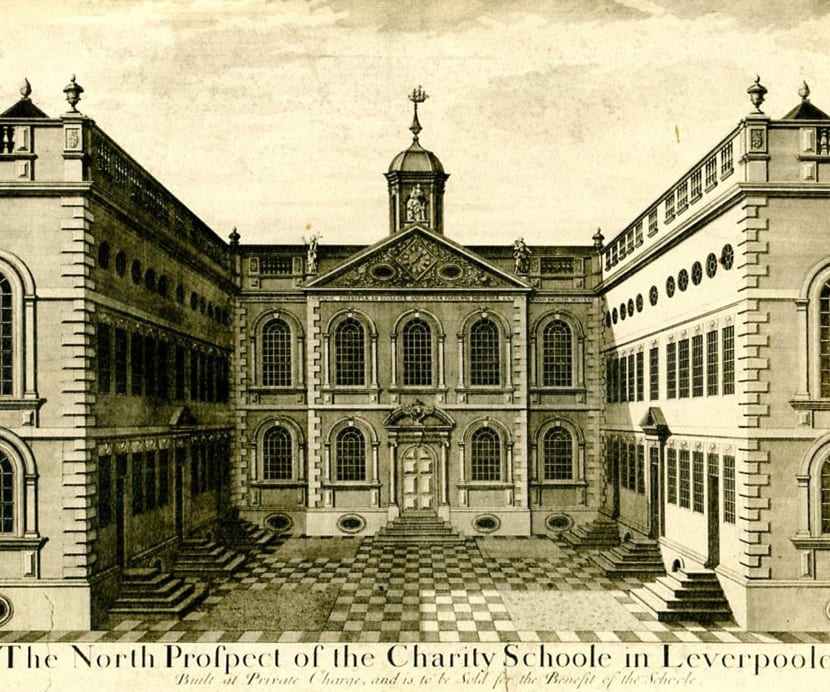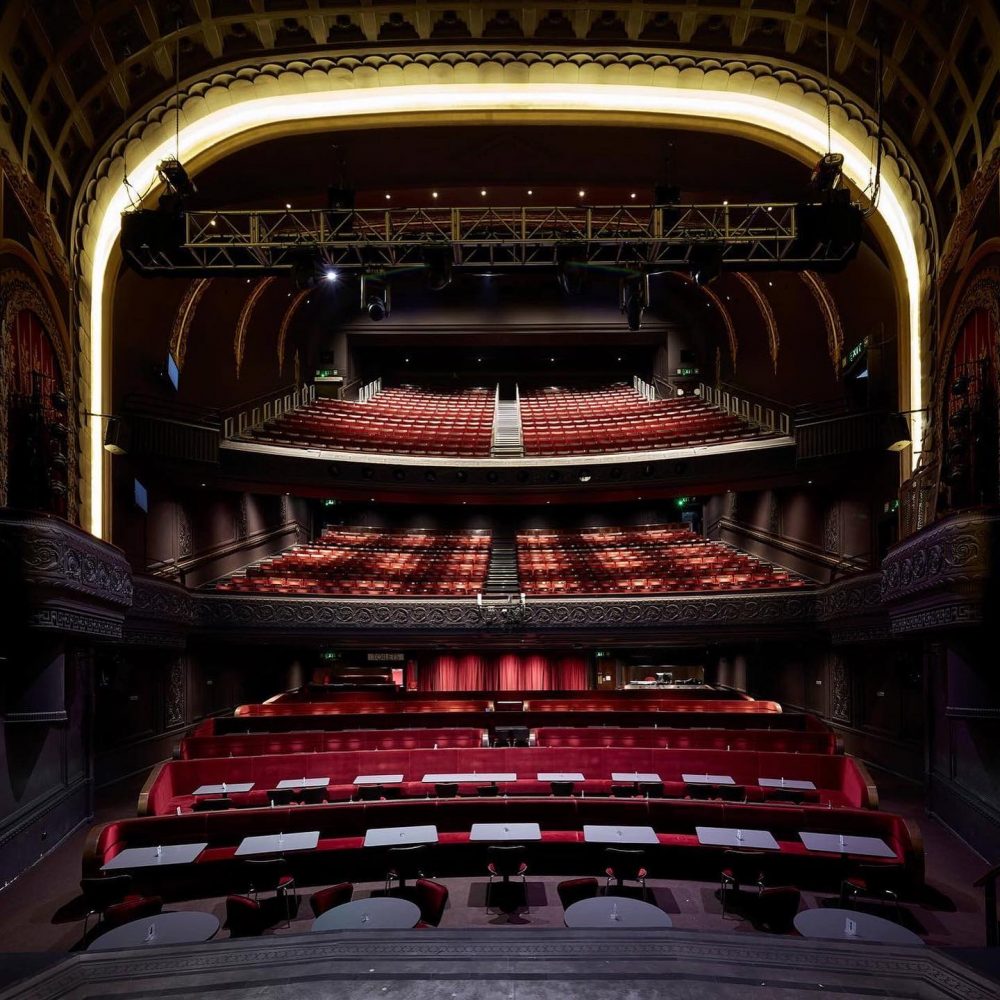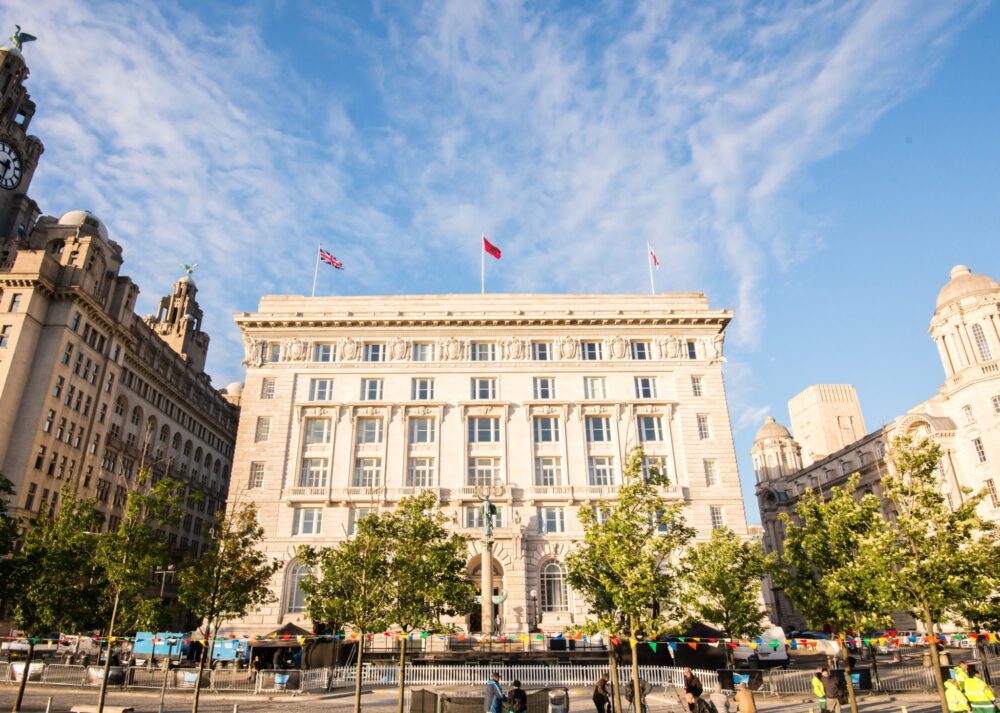
History
Appeal to Liverpool to rescue landmark house Sandfield Tower before it vanishes
6 months ago
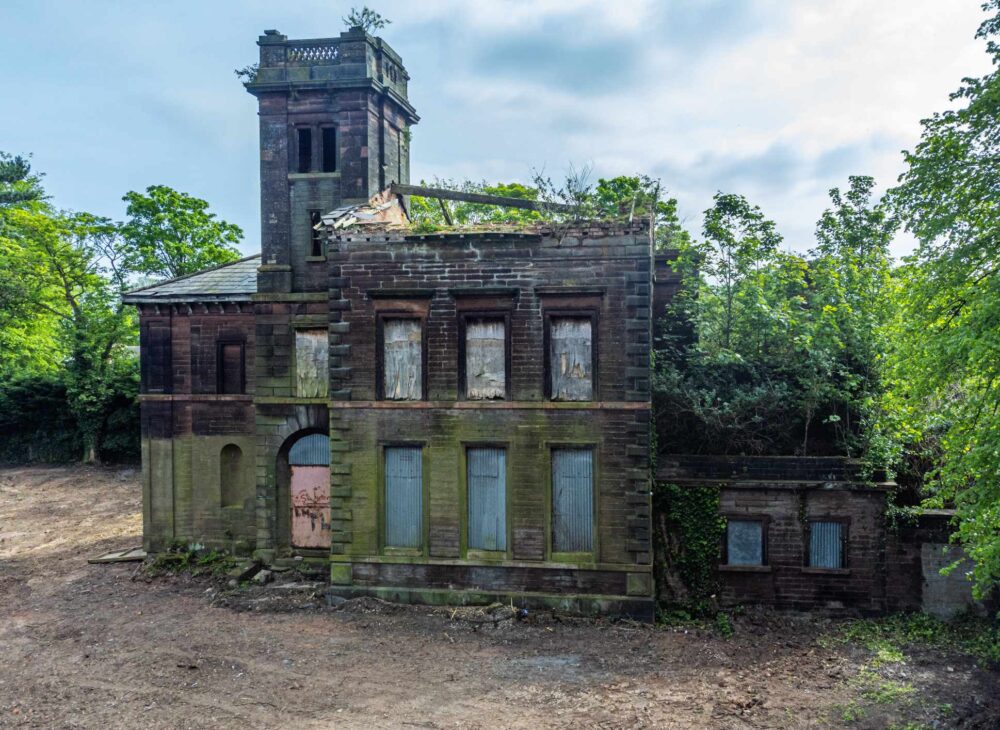
Gwalia, also known as Sandfield Tower, on Queens Drive in Liverpool has been placed on Victorian Society’s Top Ten Endangered Buildings list 2025
The Victorian Society’s President Griff Rhys Jones has announced the inclusion of Sandfield Tower, this dignified but decaying house on the Society’s Top Ten Endangered Buildings 2025 list. The Victorian Society is the sole charity campaigning for Victorian and Edwardian built heritage. Quotes and a Google gallery of archive and contemporary photos for media use follow below.
Griff Rhys Jones, Victorian Society President, said:
“It’s the same old story. Sandfield Tower is known to so many Liverpool people who pass it every day. It’s sad and ridiculous state is the result of forty years of neglect by one owner – possibly hoping to let it fall down. I couldn’t say. We cannot allow this process to win. It is repeated everywhere. When this once magisterial house has been compulsory purchased, this decaying building needs some good ideas. There are vocal and dedicated supporters out there. The council surely needs to take action.”
Each day, thousands travelling along Queens Drive, Liverpool’s inner ring road, catch a fleeting glimpse of Sandfield Tower – a once-magnificent Victorian landmark now abandoned, vandalised, and weather-beaten. While most pass by, one man, Jonathan Wild, chose to act. For 25 years, he has campaigned tirelessly to save this striking building: researching its history, publishing a book, lobbying politicians, and documenting its plight on his website dedicated to Liverpool’s endangered local heritage.
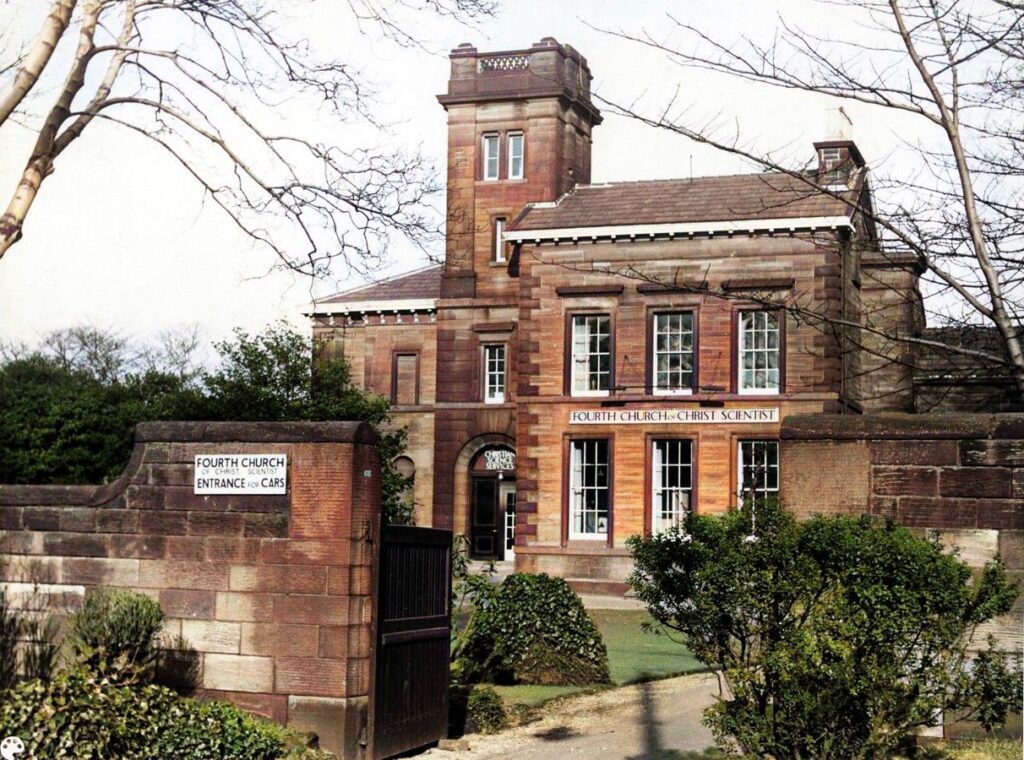
Built in 1854 for Joseph Edwards, a wealthy South American merchant, the villa – known variously as Sandfield Park, The Tower, Gwalia, and Sandfield Tower – was a proud addition to West Derby’s grand suburban landscape. After Edwards’s death in 1878, the house passed through a series of owners: Alice Houghton and William Kinsman (1880–1890), Ralph Lyon Broadbent (1891–1900), and finally the Fourth Church of Christ, Scientist, which converted it into a place of worship in 1931. When the church moved out in the 1980s, Sandfield Tower fell silent – and has remained empty for four decades.
Jonathan’s steadfast campaigning drew the Council’s attention to the building’s worsening condition. Despite securing the site and issuing repeated essential repair notices to the owner, no works were ever carried out. In 2020, the Council finally prepared to issue a compulsory purchase order; repair estimates were commissioned, but the same day, a spending freeze halted all progress. Responsibility slipped away once more.
The consequences have been devastating. With no intervention, the roof gave way, collapsing the internal structure and leaving the front of the building a gaping, skeletal void. Historic England has long been aware of the situation, but without decisive action from Liverpool Council, Sandfield Tower – once a proud monument to Liverpool’s Victorian prosperity – has become a crumbling folly.
The Victorian Society calls urgently on Liverpool City Council to complete the compulsory purchase of Sandfield Tower, saving this historic building from further ruin and restoring it for future generations. Sandfield Tower deserves more than to be left to rot – it deserves a future.
James Hughes, Director of the Victorian Society, said:
“Heritage abandoned is history lost. Liverpool must rescue Sandfield Tower before it vanishes forever.”
Find more information on the Victorian Society website.
Find all the latest Liverpool news here.
Find out what’s good up North on our new platform, The Northern Guide.
From the best hotels, beauty spots, days out, food and more up North – visit thenorthernguide.com and follow The Northern Guide on Instagram HERE.


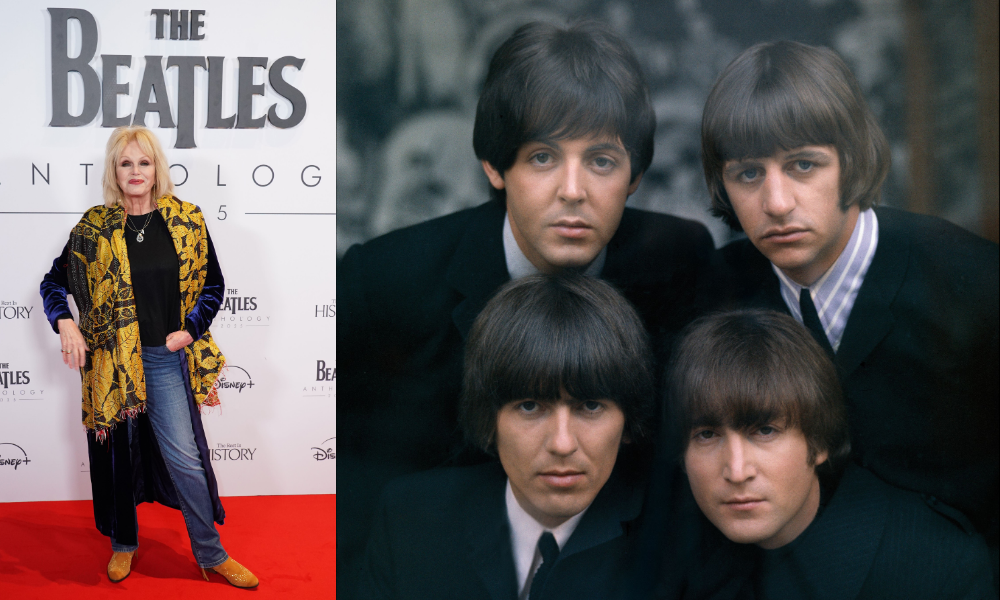
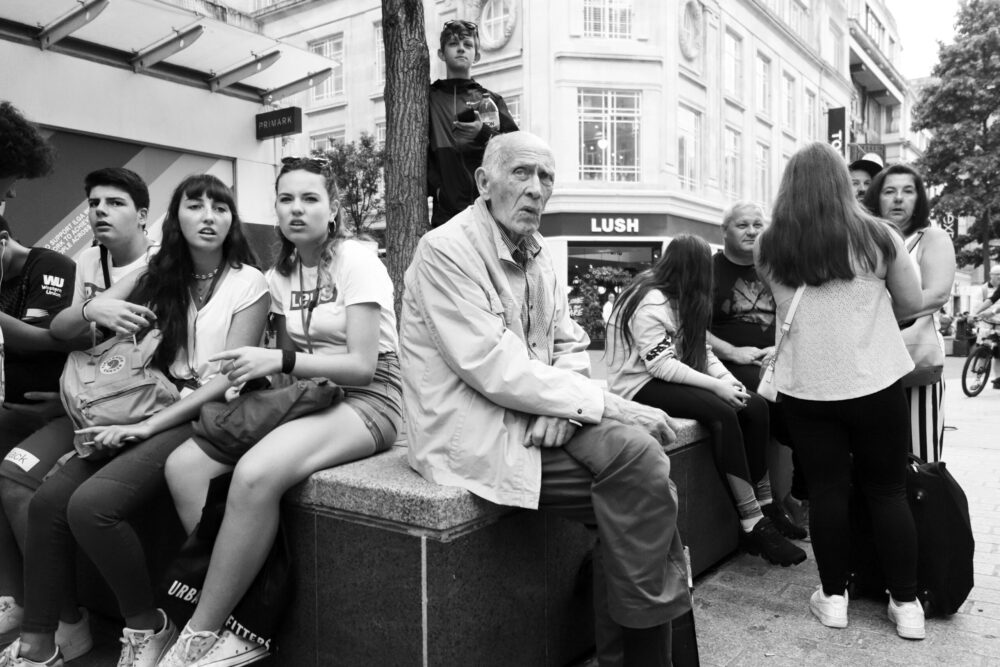
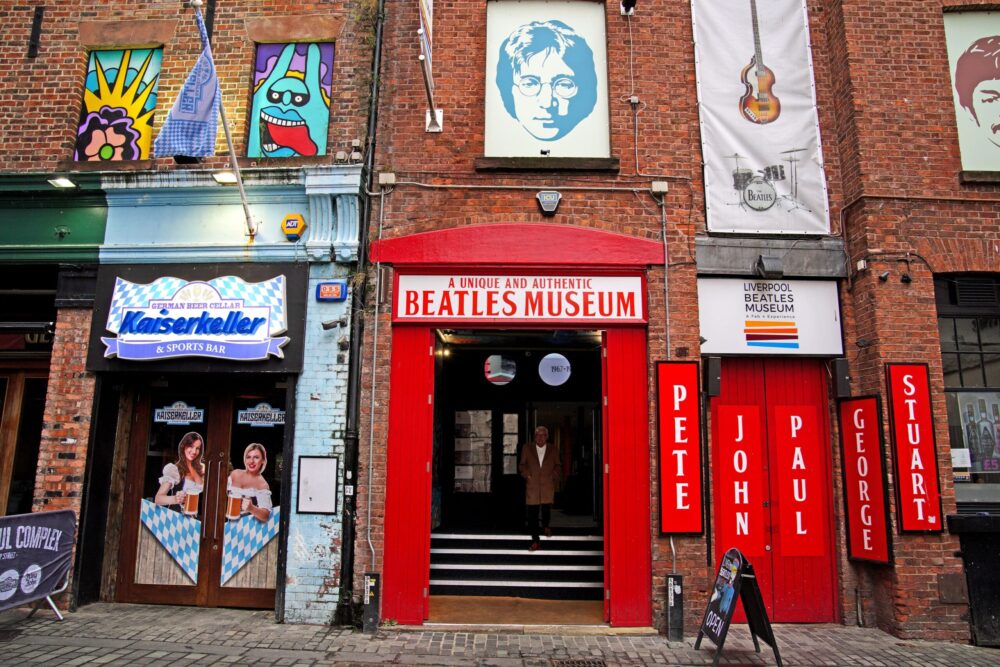

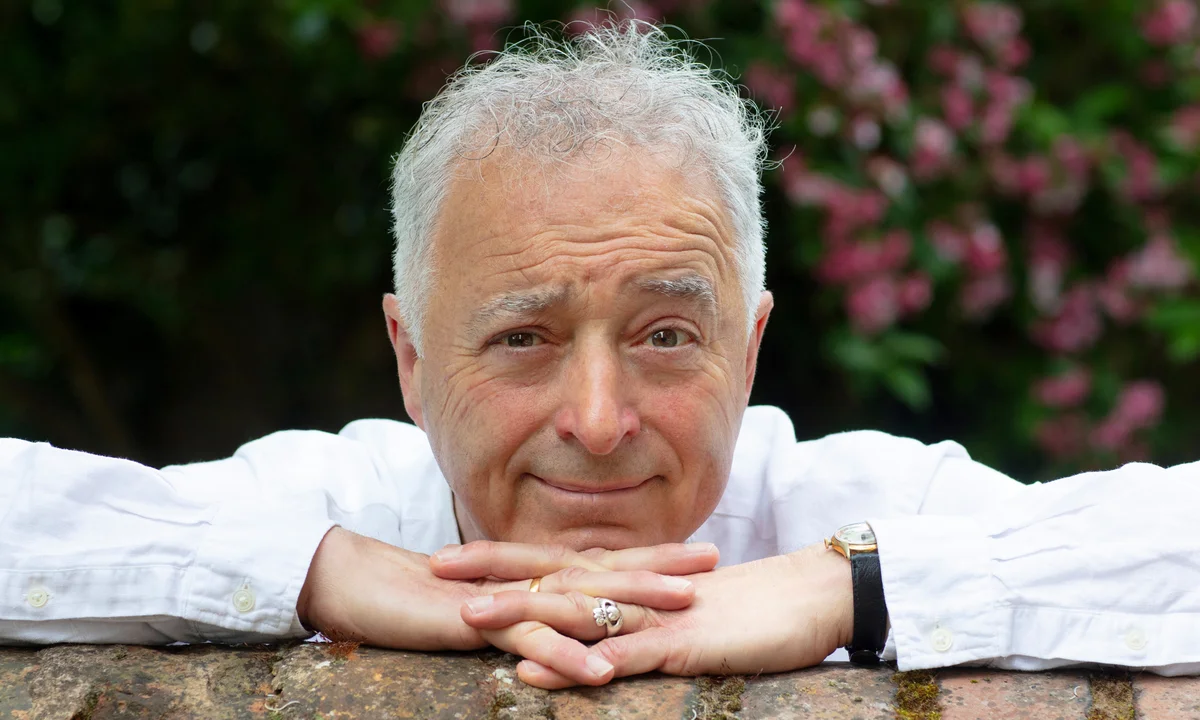

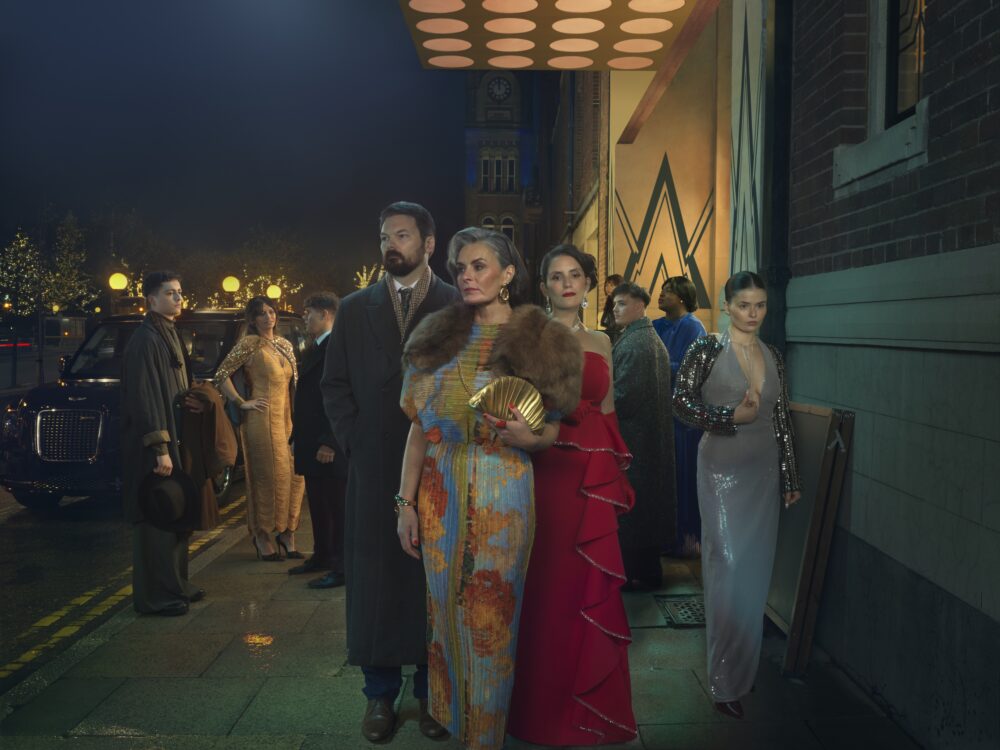
 Subscribe
Subscribe Follow Us
Follow Us Follow Us
Follow Us Follow Us
Follow Us Follow Us
Follow Us Follow Us
Follow Us


